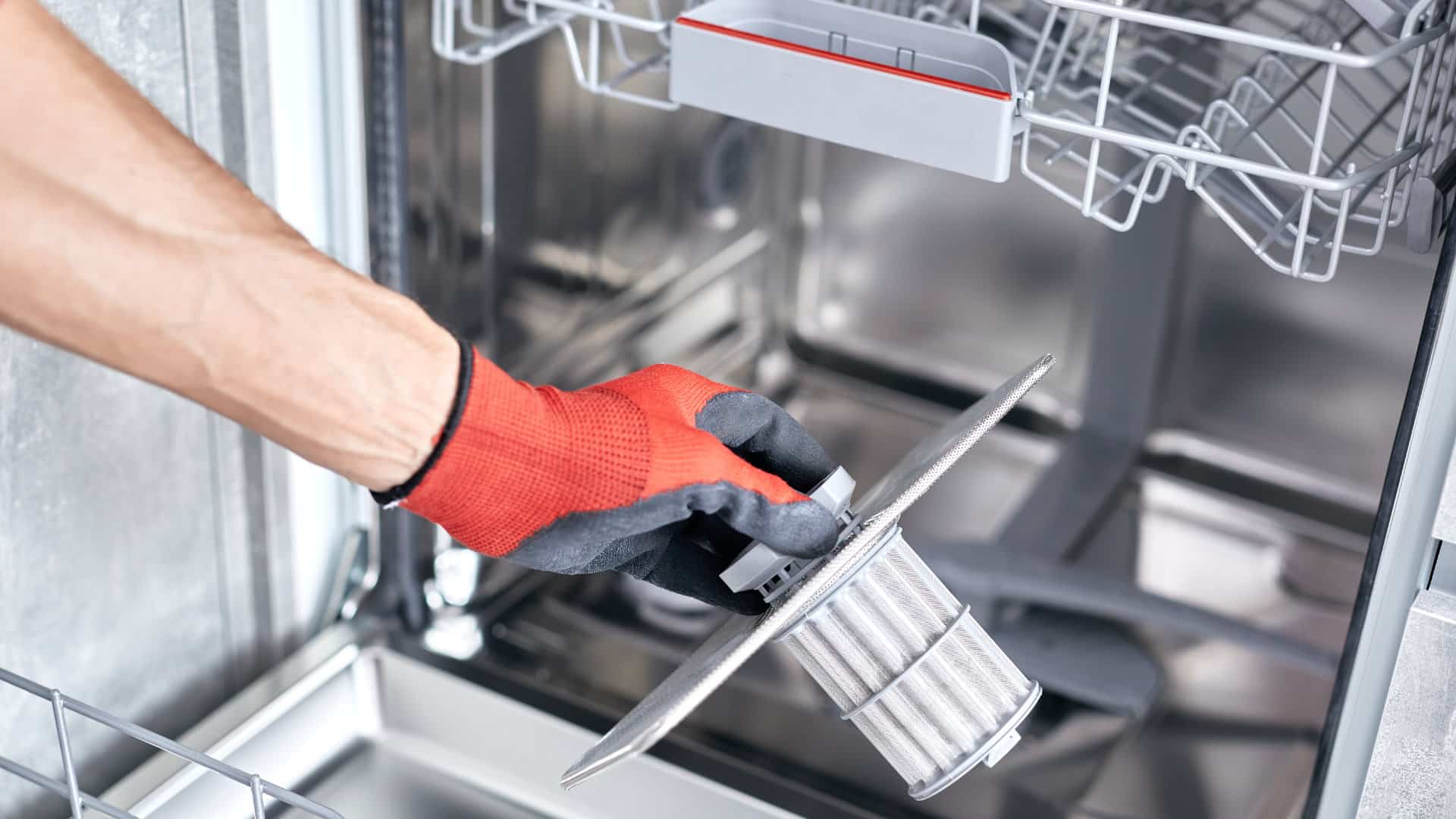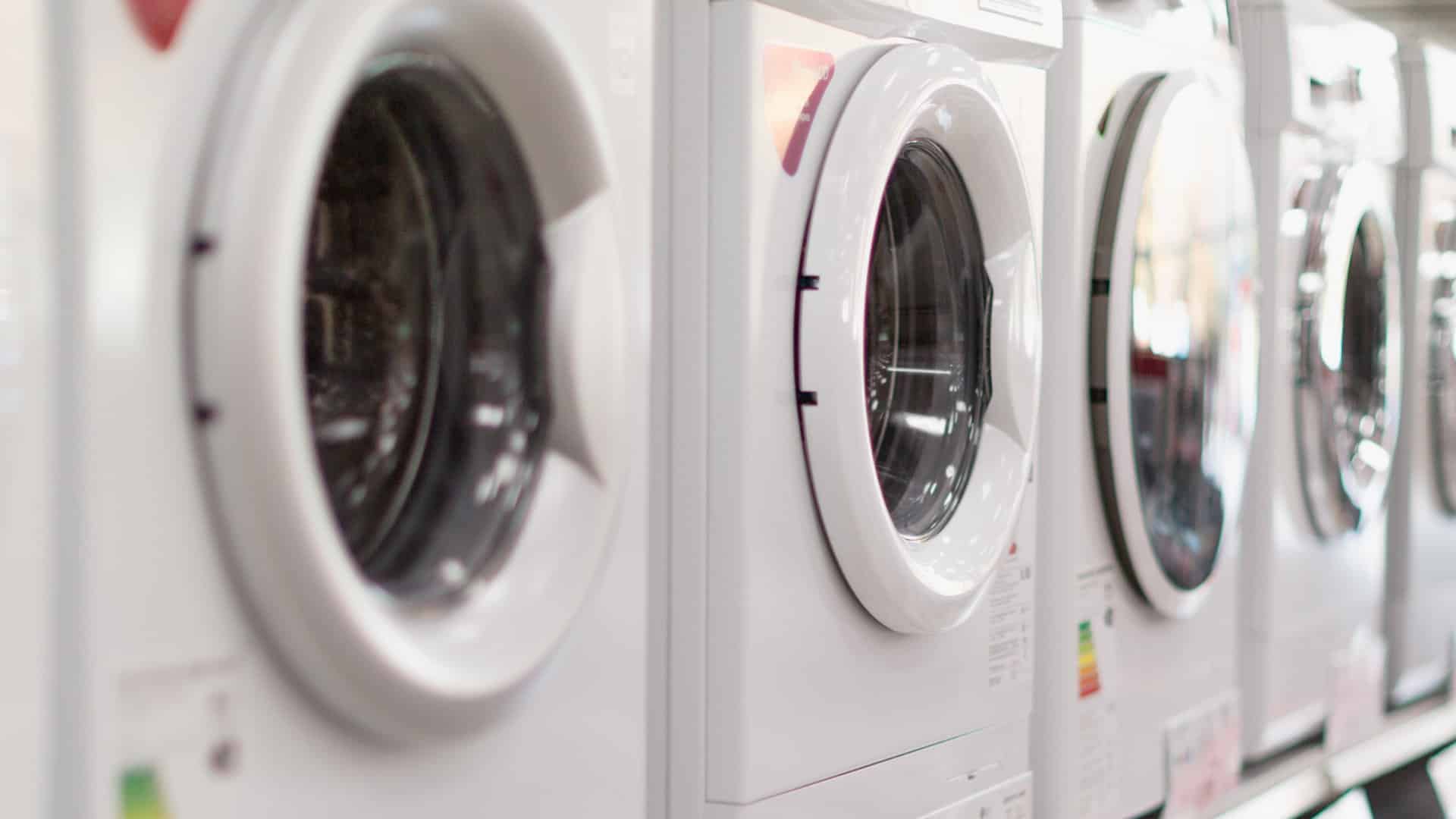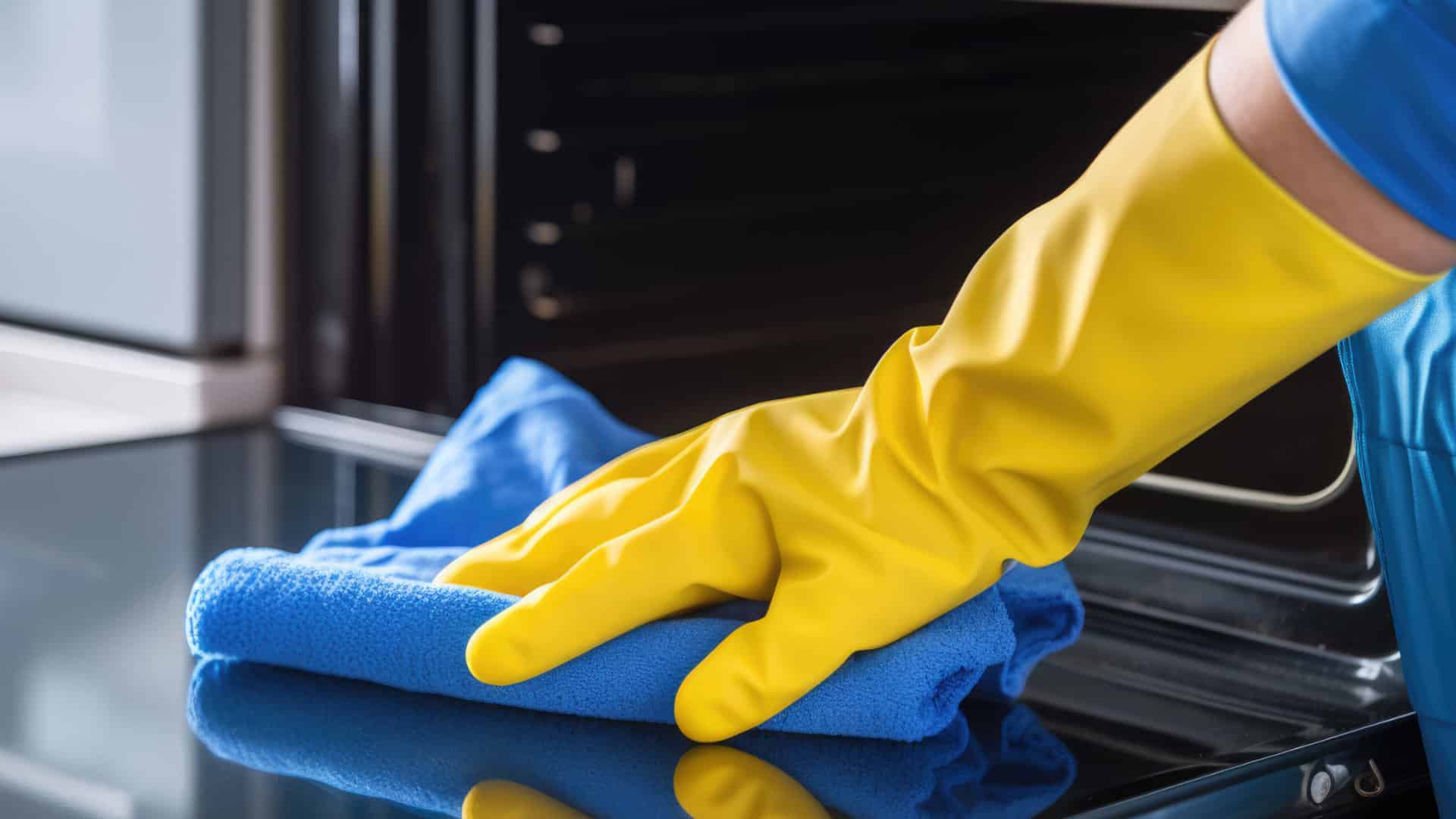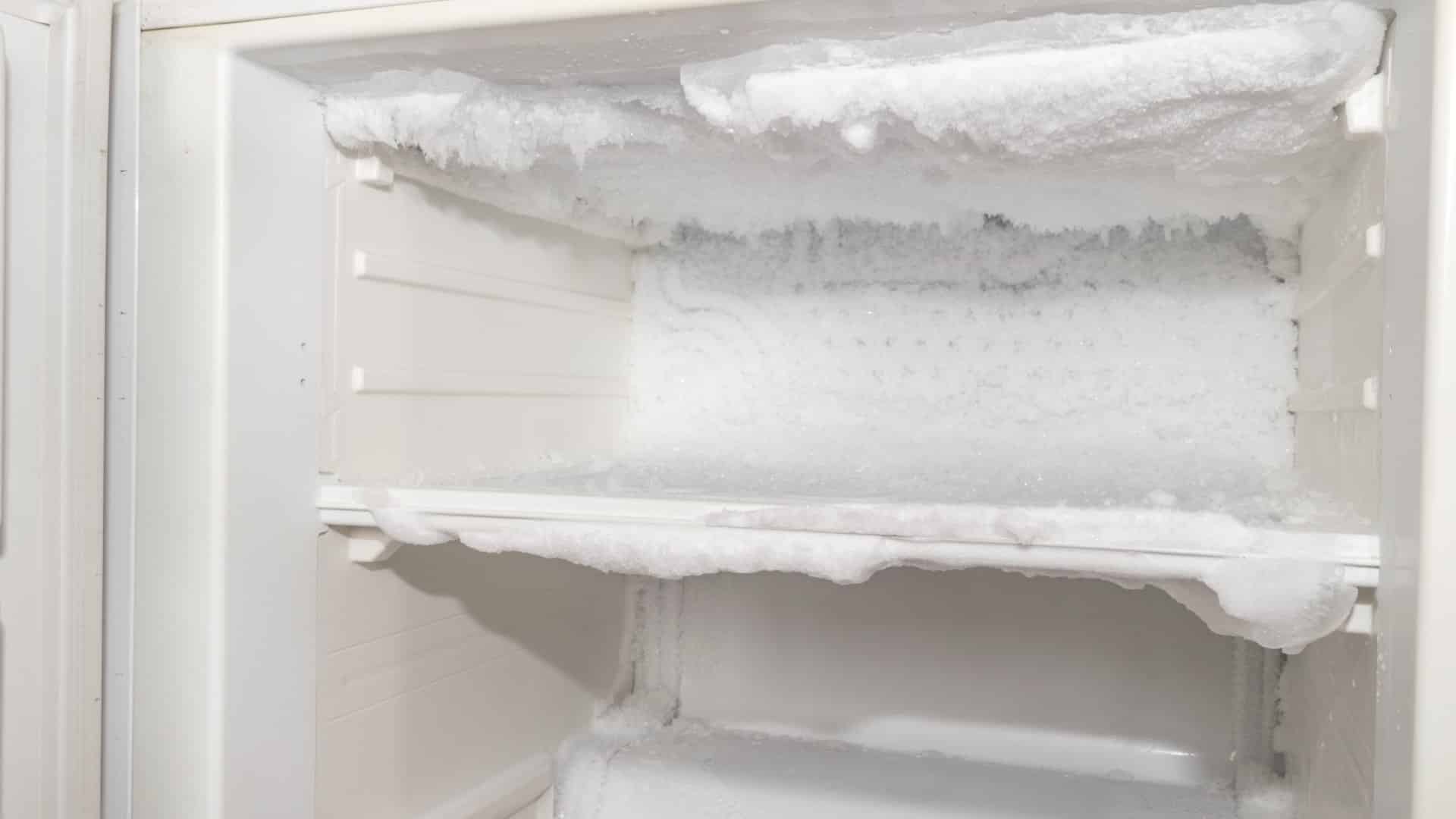
Dishwashers are one of the most critical household appliances, saving us on time, energy, and those pesky arguments over whose turn it is to do the cleaning up. However, when mold grows in your dishwasher, it causes an unpleasant smell and can be detrimental to your health.
Mold develops in warm and moist places like dishwashers, making it challenging to remove if not cleaned regularly. Below, we’ll discuss tips on how to effectively remove mold from your dishwasher.
Empty your dishwasher
The first thing you should do is make sure your dishwasher is empty. Remove any dishes, silverware, and anything else you might have in your dishwasher. Also, clean the dishwasher’s filter and spray arms by hand. This will ensure the dishwasher is as clean as possible when you begin the mold removal process.
The dishwasher’s filter traps large bits of food and grease and keeps them from entering the drain pump or clogging the drain hose.If they are not cleaned regularly, this food and grease can become rancid and start to rot, growing mold and spreading mold spores all around the dishwasher.
To clean the filter, you can pop the filter out of its housing with a light tug. Then, rinse the filter under warm running water. If the filter is especially clogged, greasy, or dirty, use a small amount of dish soap to add some extra cleaning power.
The spray arms are what circulate water around the dishwasher, cleaning the dishes. Over time, the warm water left behind can cause mold to grow along or even inside the spray arms.
The spray arms need to be cleaned regularly to avoid this, and this can be achieved by simply brushing the arms or using a bit of wire to get inside the spray nozzles for a deep clean.
Make a baking soda solution
Baking soda is a gentle, effective, natural cleaner that can break down stains, bacteria, and mold. Mix up to three tablespoons of baking soda with a quart of warm water to form a paste. Dip a cleaning sponge into the baking soda and start wiping the interior of the dishwasher. Pay close attention to the areas you usually neglect when cleaning your dishwasher, such as the gaskets, seals, and door.
These neglected corners are especially vulnerable to mold growth since normal cleaning does not reach them, and water can pool in the corners and crevices.
As an added bonus, baking soda is a very effective stain remover. You can leave the baking soda on for 20 minutes to help lift and remove any grime.
Use vinegar
Vinegar is a highly effective cleaning agent when it comes to mold removal. Pour two cups of white vinegar into a cup or bowl, place it in the bottom rack of your empty dishwasher, then run the dishwasher on the hottest possible cycle. This will enable the vinegar to penetrate into the corners of your dishwasher and kill the mold spores.
For an especially effective clean, combine the vinegar with the baking soda technique used above. Together, these provide a powerful clean that is highly effective in removing both mold and unwanted smells from your dishwasher.
Adding a little more vinegar and baking soda to the drain will also help flush out any mold growth there.
Run a bleach wash
If vinegar and baking soda solutions aren’t enough to remove the mold in your dishwasher, try using a bleach solution. Dilute a cup of bleach with a gallon of warm water, then pour the mix into the bottom of the dishwasher. Bleach can be harsh on your dishwasher, so only use this solution when other alternatives fail.
Run your dishwasher on a regular cycle, then make sure to run a second, hotter cycle to rinse it thoroughly with warm water. You want to be sure to rinse away all the bleach, as it could linger on plates or cutlery and is toxic for the human body.
Bleach can also combine with some dish detergents to form dangerous and potentially deadly compounds. So, again, ensure that all of the bleach is rinsed away before running your next full dishwashing cycle.
Use a chemical cleanser
There are some chemical cleansers specifically designed to clean mold. You can use these, but check the label to ensure that they can be used in the dishwasher first.
Scrub
Nothing beats the old-fashioned methods. You can, using a disposable sponge, physically scrub away the mold from the hard-to-reach areas of the dishwasher, such as the gaskets or the areas around the door. This cleaning method is particularly effective when combined with one of the solutions mentioned above.
Take preventive measures
You have to take preventive measures to avoid mold growth in your dishwasher. Always wipe the dishwasher down after each use, remove the dishes immediately after the machine is done, and run your dishwasher on the hottest cycle possible regularly.
You can also leave the door of your dishwasher cracked to prevent water from pooling and let it evaporate.
And if mold appears again, you can rely on these tips to remove it quickly and safely.
Is mold in the dishwasher harmful?
Yes, mold in your dishwasher is harmful. Exposure to mold in any form can be bad for your health. While breathing in mold spores is bad enough, ingesting them can potentially be even worse.
Mold can grow in dishwashers due to a variety of reasons, such as leftover food particles, high humidity, or a combination of both. When dishes are left dirty over long periods, it can be a perfect environment for mold to flourish.
Ingesting mold is quite possibly more dangerous than merely inhaling it. Some types of mold can cause illness when consumed.If your dishes have been cleaned in a moldy dishwasher, there is the risk of transferring some of the mold to the clean dishes, which can then be accidentally ingested when the dishes or cutlery are next used.
Mold growth is not something new in dishwashers, and if left unchecked, it can cause health issues. Knowing how to efficiently and effectively remove mold from your dishwasher is important, and the tips mentioned above will help you do just that. So, keep your dishwasher clean and in good condition, and enjoy a healthy and safe kitchen environment.

LG Washer LE Error Code Explained

5 Reasons Your Oven Is Not Heating Up

What Temperature Should a Freezer Be Set At?

How to Fix the Whirlpool Washer F9 E1 Error Code

How to Solve Frigidaire Dishwasher Lights Blinking

Resolving the LG Washer UE Error Code (3 Easy Fixes)

Replacing an Over-the-Range Microwave with a Range Hood

How to Get Burnt Smell Out of Microwave (In 2 Easy Steps)

7 Reasons Why Your Bosch Ice Maker Is Not Working

Why Does Your Self-Cleaning Oven Smell?

Why Is Your Whirlpool Cabrio Washer Not Spinning?

Why Does My Refrigerator Make Noise?

Troubleshooting the F2 Error Code on a Whirlpool Oven

Rust Inside Microwave: Causes, Fixes, and Prevention Tips



